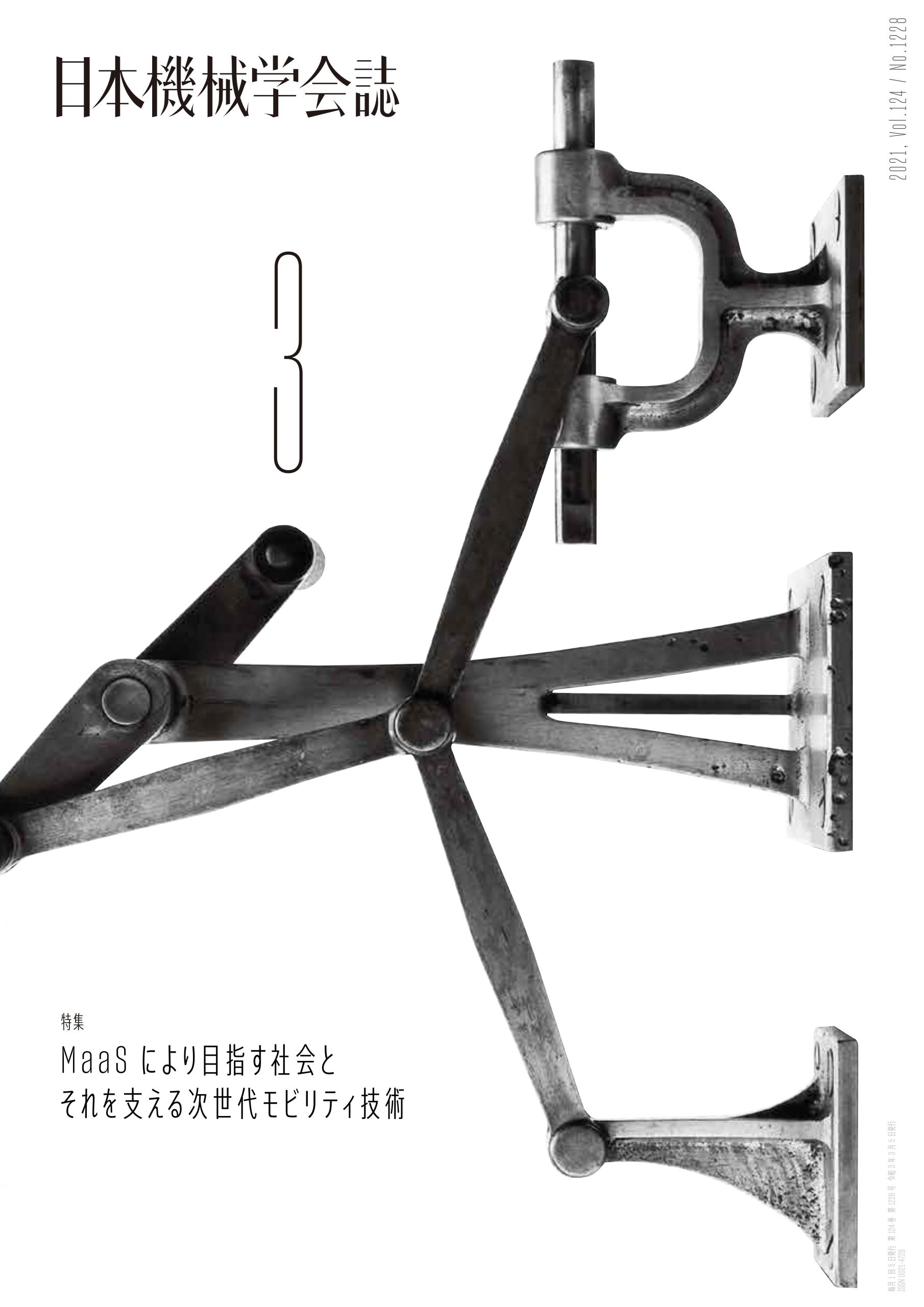Write Your Science Right・研究を世界に届ける文章力
第3回 How to Avoid Common Errors in Physical Sciences Terminology
In academic papers, the use of scientific terminology tends to be more precise and straightforward than the use of general English, with no contextual variation. Still, technical errors can creep into writing, and peer reviewers (査読者)may be less tolerant of basic errors in terminology than of minor language errors. Some common types of errors in the usage of technical terms in the physical sciences are described below.
1. Confusion around similar terms
Not unlike words in general English usage, scientific terms that sound similar or have similar meanings are often used interchangeably by authors. Here are a few examples of commonly confused terms in physical science and engineering papers.
Example 1: Synthesize vs. fabricate
The word fabricate, rather than synthesize should be used when referring to the development of devices and thin films.
Avoidable: We propose a continuous extrusion process to synthesize wedge-shaped light guide plates.
Preferable: We propose a continuous extrusion process to fabricate wedge-shaped light guide plates.


工部大学校の「機械学」教育機器(機械遺産第100号)
機構模型:てこクランク往復運動
年代未詳/真鍮、鉄、木製台座/H270, W365, D180(mm)/東京大学総合研究博物館所蔵
工科大学もしくは工学部の備品番号「工キ學ニ二一七」の木札付。台座裏面に「百四拾九」と墨書あり。本模型の年代は未詳であるが、東京大学総合研究博物館には工部大学校を示すプレート付きのものを含め、近代的な機械学教育のために明治期以降に導入された機構模型が現存する。
上野則宏撮影/東京大学総合研究博物館写真提供/インターメディアテク展示・収蔵
[東京大学総合研究博物館]